Services for Sever’s Disease
Orthotics Plus is experienced in providing treatments for children with Sever’s disease. We provide a mixture of treatments, including:
- Prefabricated and custom foot orthotics, with or without heel cushioning
- Footwear advice
- Stretching, strengthening, education and activity modification
It’s important to first have an Orthotist evaluate the condition and educate the patient and parents on the disease, how it progresses and most importantly, how it is treated.
Our services are available throughout multiple clinics in Melbourne.
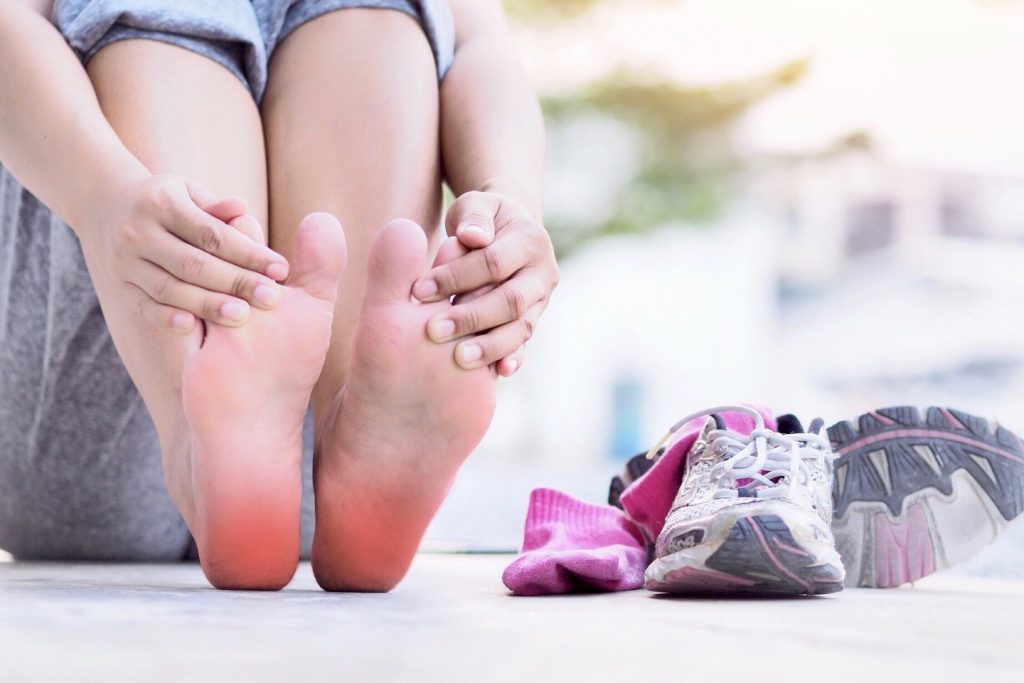
What is Sever’s Disease?
Sever’s disease (also known as calcaneal apophysitis) is an inflammation of the growth plate in the heel of the foot.
During childhood and adolescence, the body’s growth plates are open which leaves the structure more susceptible to inflammation and injury.
The heel bone has one of these growth plates which runs top to bottom. Because of the pull of the Achilles tendon, the pull of the plantar fascia and the fact the heel is a weight-bearing structure, this growth plate in the heel is a common site of inflammation and pain.
The condition can be symptomatic in paediatrics near their preteen years (ages 8-14). Children with Sever’s will typically experience heel pain when weight-bearing during and after athletic/endurance activities, such as volleyball, basketball, football and running.
We most commonly see Sever’s in children who have grown rapidly and are very active.
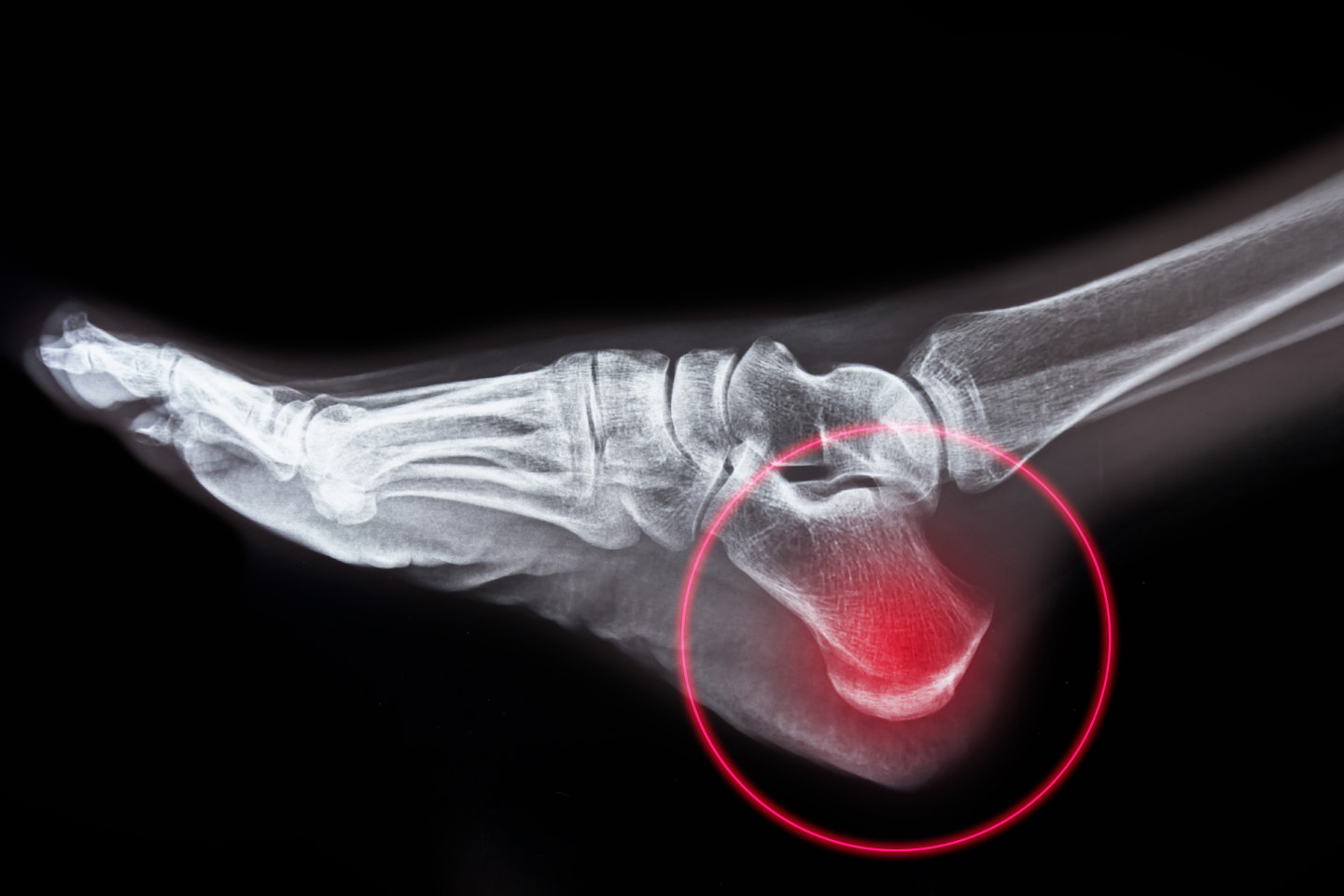
How Orthotics Help With Sever’s Pain
Orthotics are a great solution for those experiencing heel pain, and we are proud to offer custom orthotics for our patients where appropriate.
We will conduct an assessment of the patient and use foot orthotics if we note a biomechanical issue.
For children and teens custom orthotics are not always economically viable as their bodies are constantly growing. As a result, we will often recommend our prefabricated orthotics, which are more cost-effective to replace as the foot grows. Prefabricated Orthotics can still be modified to have a slight heel raise and added cushioning depending on the needs of the patient.
Harder or softer orthotics may be recommended according to each patient’s unique situation. Generally, a low-to-medium density orthotic with more cushioning in the heel area is best for those experiencing heel pain as this will dampen and disperse the load.
If we don’t note a biomechanical issue, simple heel cushions may be suggested instead.
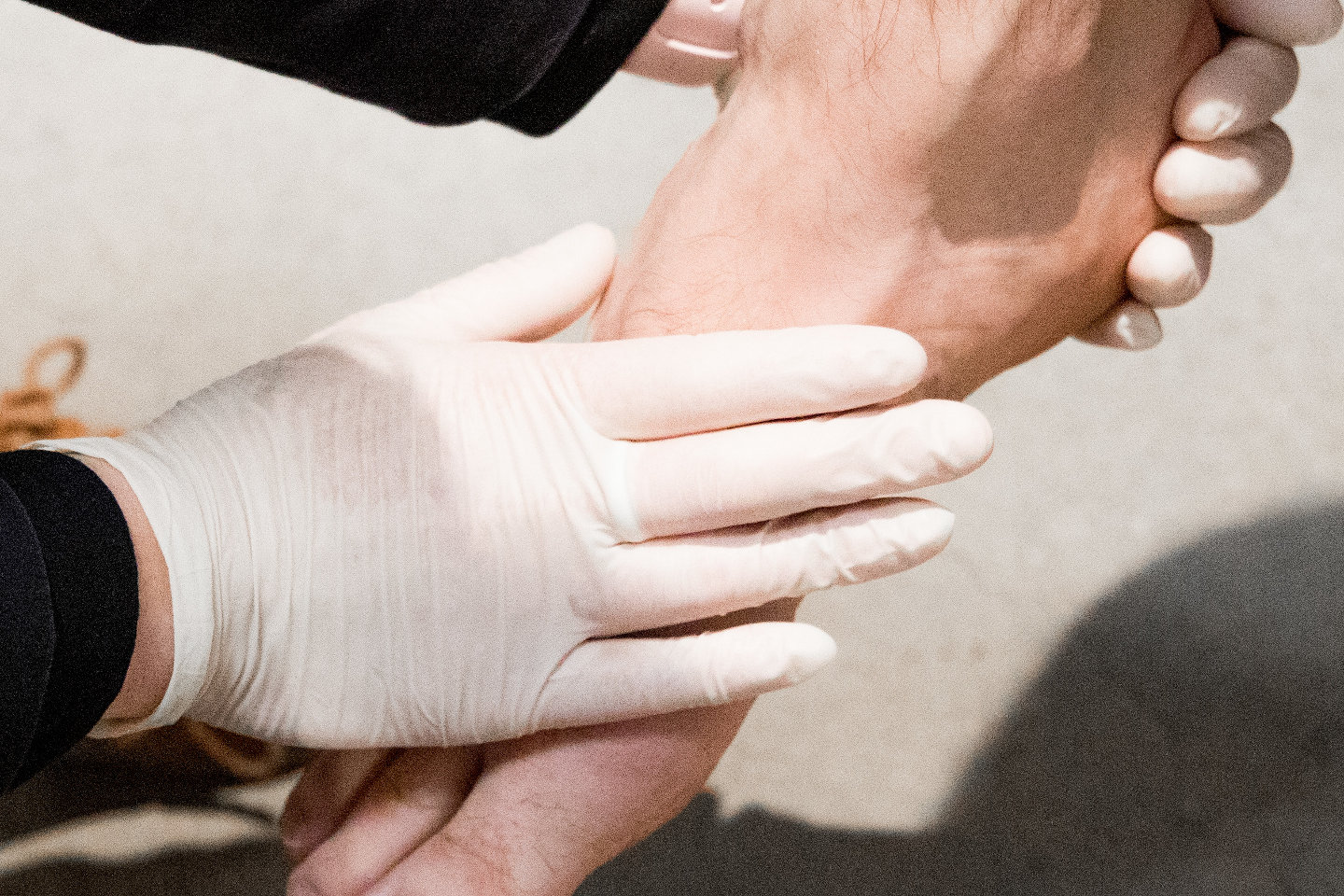
Parent Testimonial
The team at Orthotics Plus was very knowledgeable and able to clearly explain to me and my son the reason for the pain and the importance of stretching and not overdoing his activity while he is in discomfort.
His pain is far less severe now- especially with the heel cushions. I can’t recommend them enough for their help!
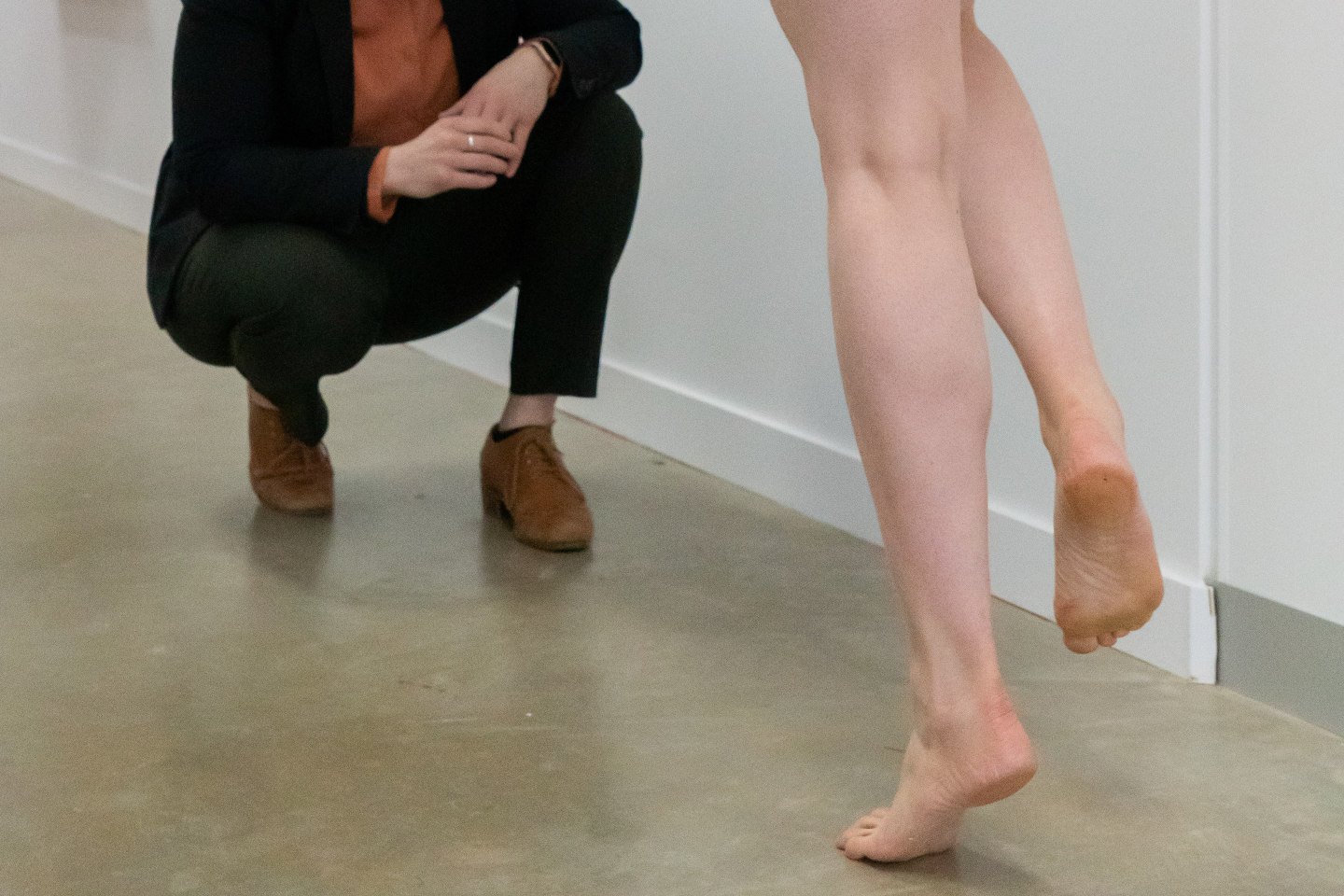
Causes of Sever’s Disease
There’s no conclusive evidence as to why Sever’s disease occurs in one child versus another.
Typically, there are no identifiable differences on the growth plate x-rays of someone with and without Sever’s. The disease is best identified by a patient’s symptoms and is typically related to the stress levels imposed on the patient’s foot. However, genetics may play a factor as well.
It is very common for these children to have had a recent growth spurt, tight calves and/or flat feet.
At Orthotics Plus, we treat each patient based on their individual status.
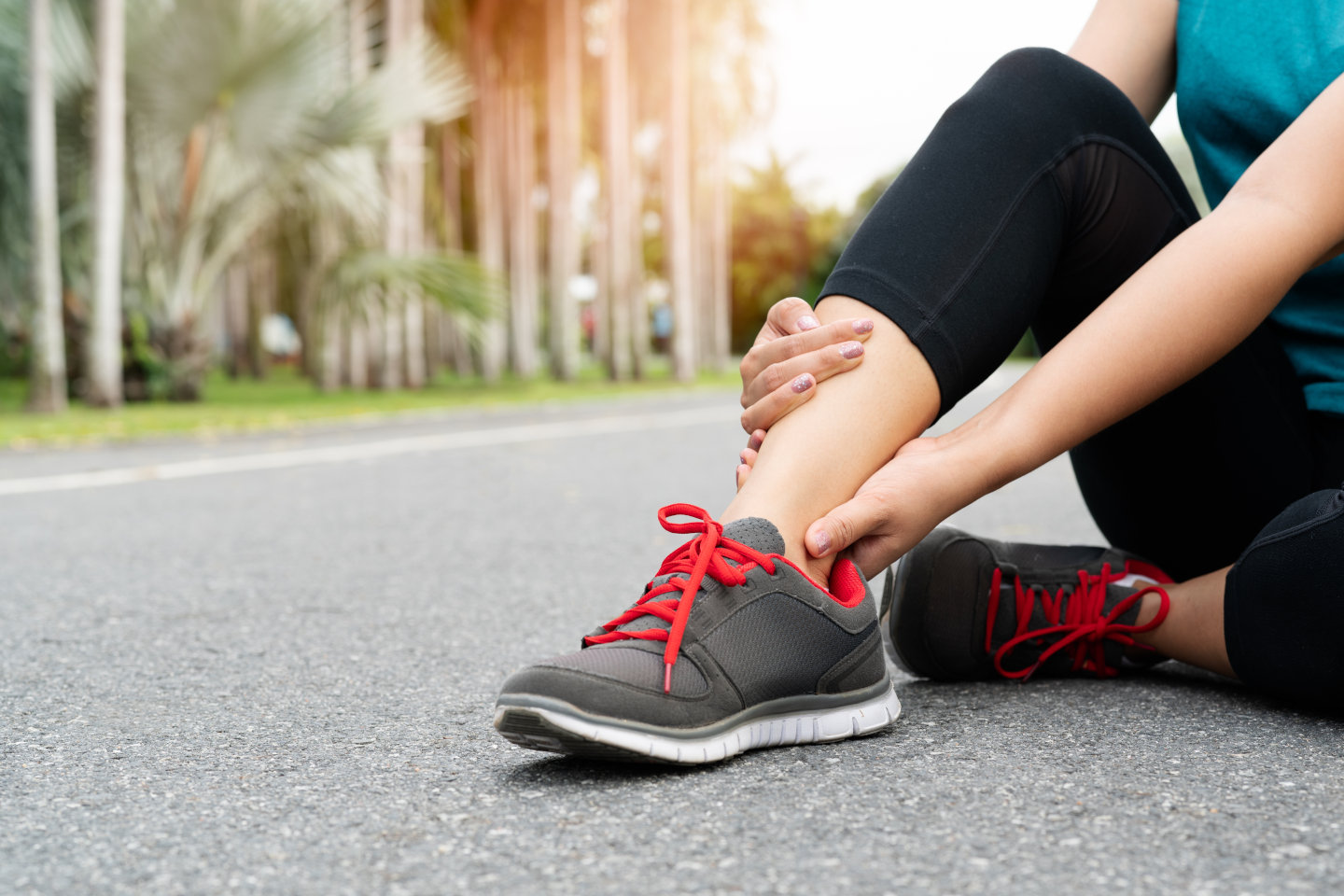
Symptoms
Children with Sever’s disease will typically experience generalised heel pain in one or both feet.
It is common the pain will be present in the early stages of activity but as the patient ‘warms up’ the pain may reduce.
The pain will then generally present after exercise or athletic activity (often the next morning) and may be severely painful to the point where they cannot place their full weight on the heel.
Depending on the pain level, the patient will often still play and exercise, but it will be uncomfortable. They may also limp afterwards until the pain subsides.
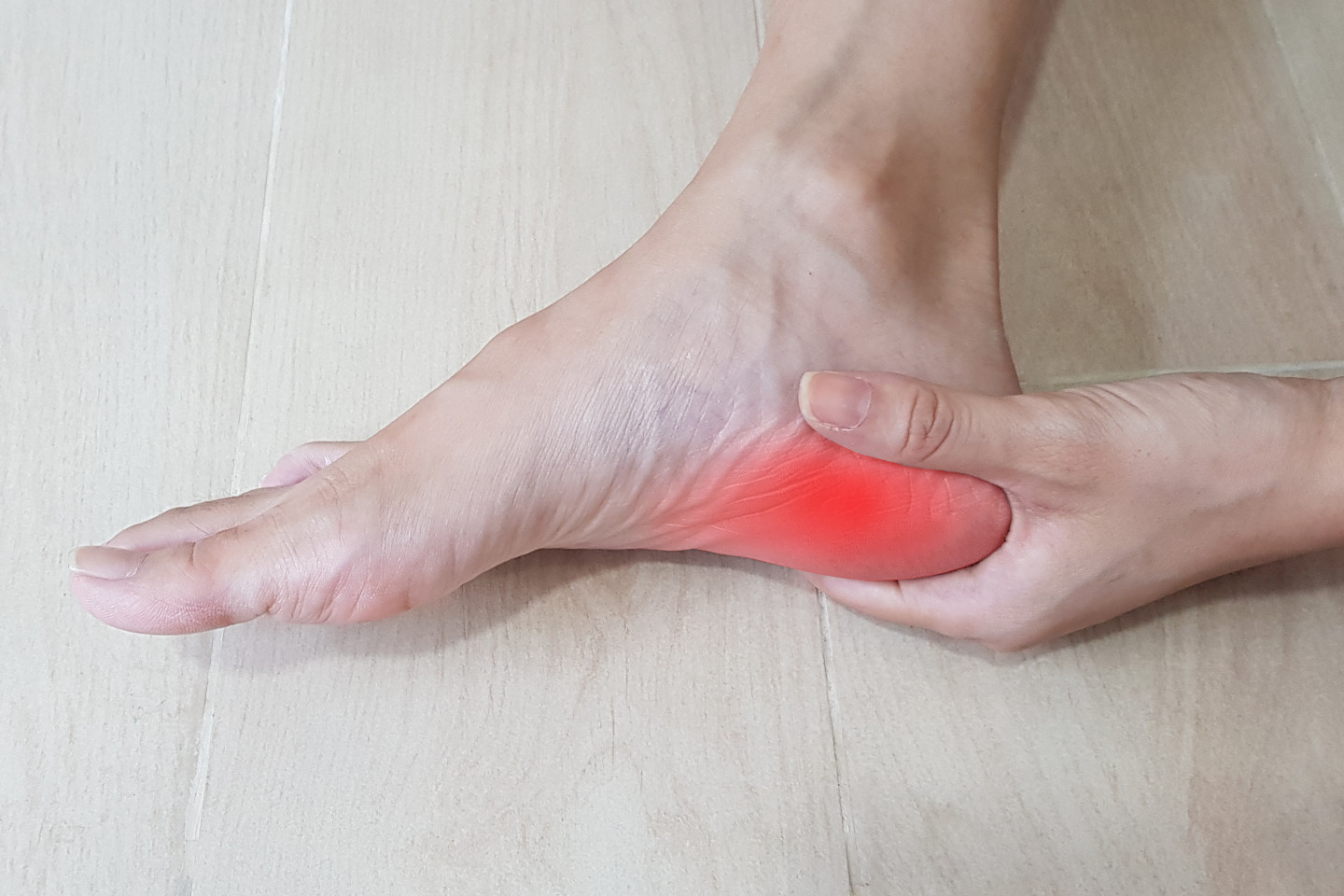
Ready to work With Orthotics Plus?
Our clinics see a number of school-age patients who are experiencing heel pain.
- We have a history of paediatric patients who have responded well to foot orthotics and footwear modifications as a treatment option
- We are fully insured and hold current WWCC compliance
- We are kind and caring
- We do not over-manage our patients
We look forward to hearing your story. To start with Orthotics Plus, please use our clinic locations or referrals pages.
Contact Us Call (03) 9077 6414
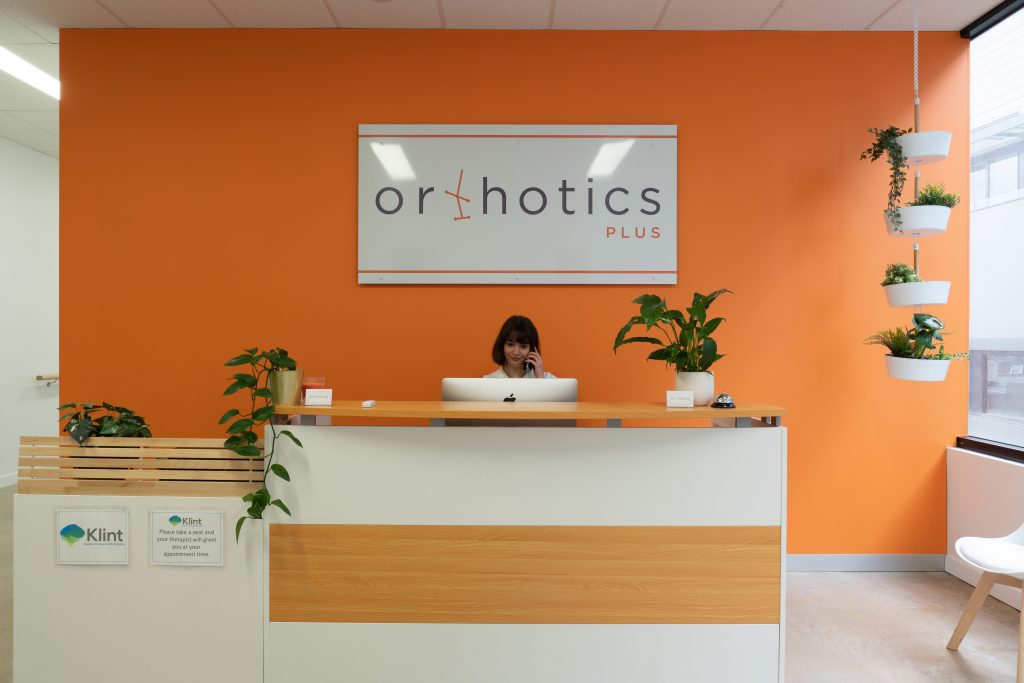
Sever’s Disease FAQ
One possible way to alleviate pain and ultimately resolve the condition is stretching and strengthening.
Our Orthotist will recommend some basic calf and plantar fascia stretches to help reduce heel stress during the recovery period. Biomechanical issues will also be examined such as excessive flat foot and padding around the heel.
We will provide recommendations or referrals to other Allied Healthcare as necessary.
Oftentimes, we will discuss load management, which is the amount of stress placed on the tissues.
That may mean abstaining from physical activity for a period of time and learning to manage the intensity of sports in the future.
Sever’s disease is typically diagnosed following a discussion of the pain with the patient, identifying the pain patterns, and performing a physical assessment on the heel.
During this test, the Orthotist will medially/laterally squeeze the calcaneus. If that elicits pain, then Sever’s disease is a considered factor.
You can be confident that our professional team will evaluate all aspects of your child’s heel pain and recommend the appropriate courses of action to ideally manage or lower pain.
Once the growth plate closes, the child will no longer have Sever’s disease or experience pain associated with it. The timeframe of when that occurs is patient dependent. . Our aim whilst patients are still growing is to reduce the frequency and intensity of pain.
During this growth phase, treatment plans for Sever’s will focus on a mixture of load management, stretching, and strengthening. It will be particularly important to stretch the calf, Achilles and plantar fascia. Supporting the patient’s biomechanics with foot orthotics and heel cushioning (if required) will also help to reduce the load on the heel and any associated pain.